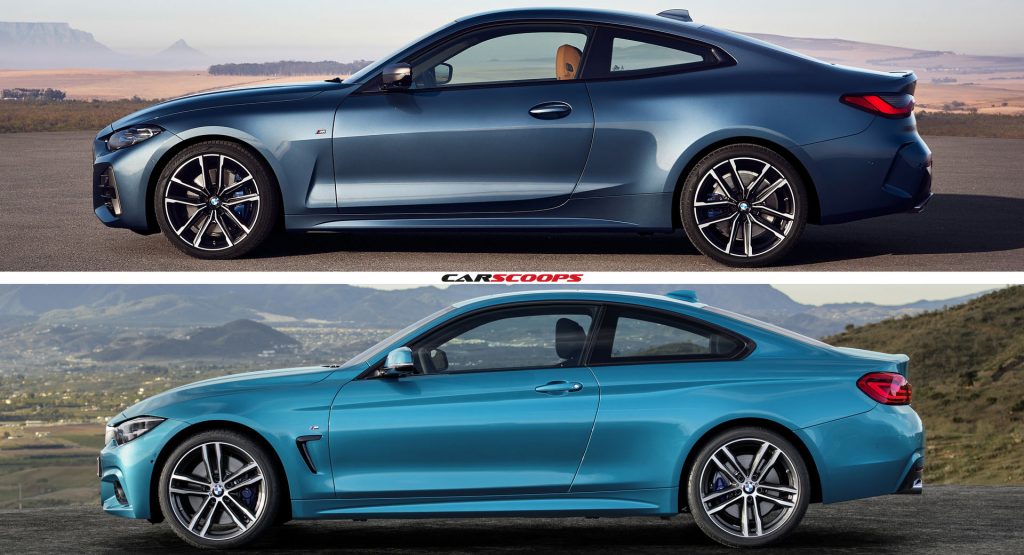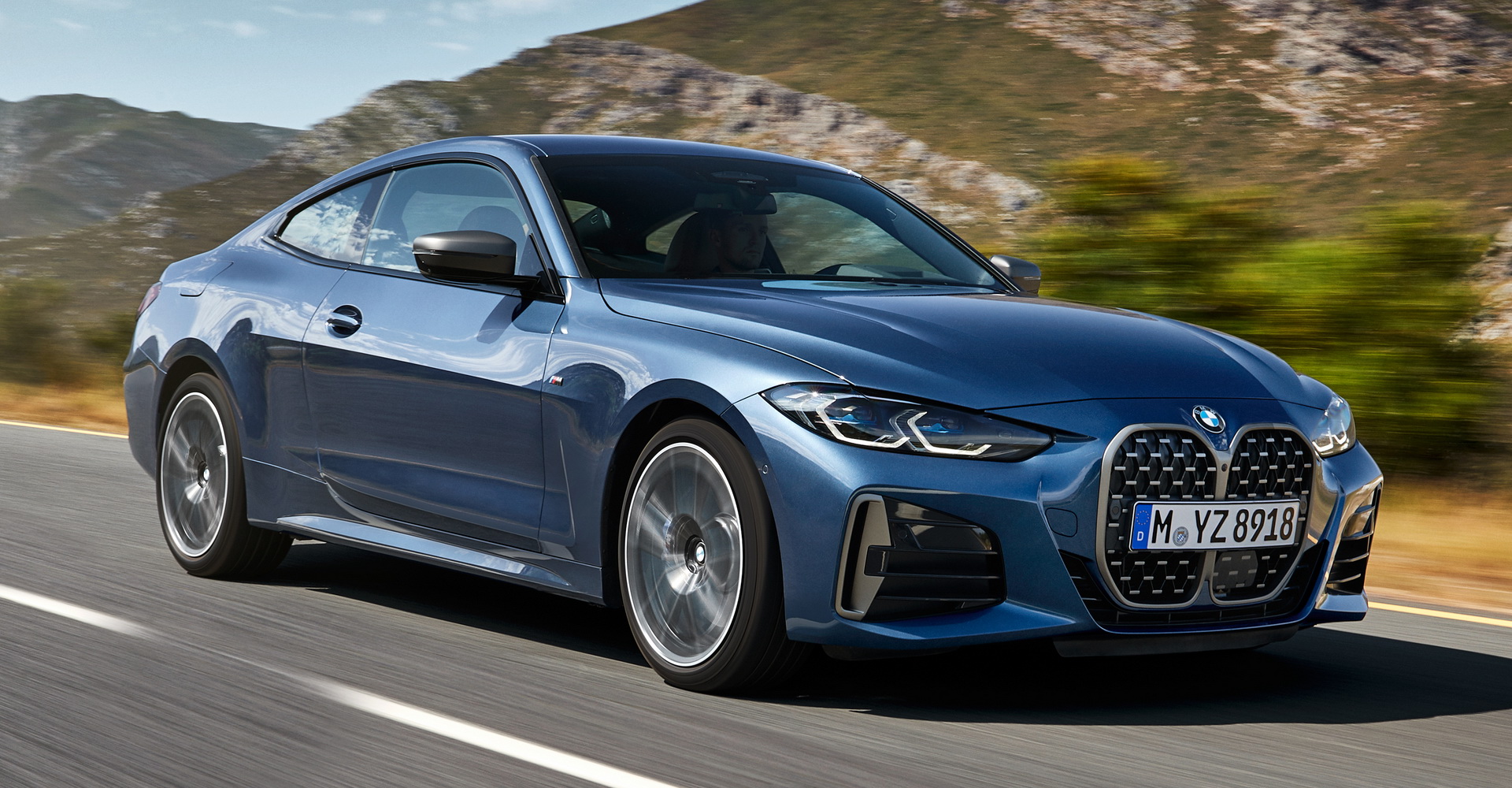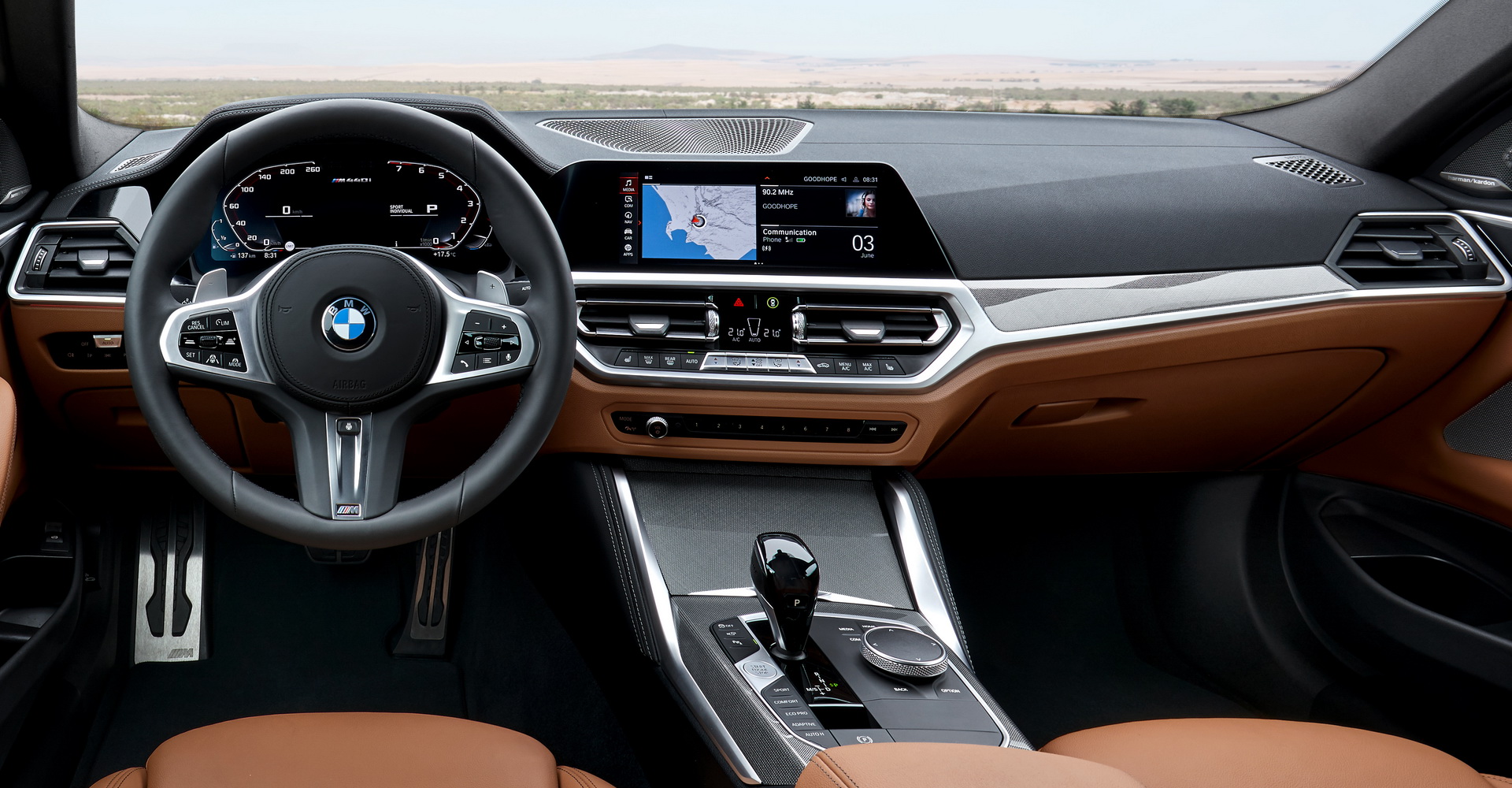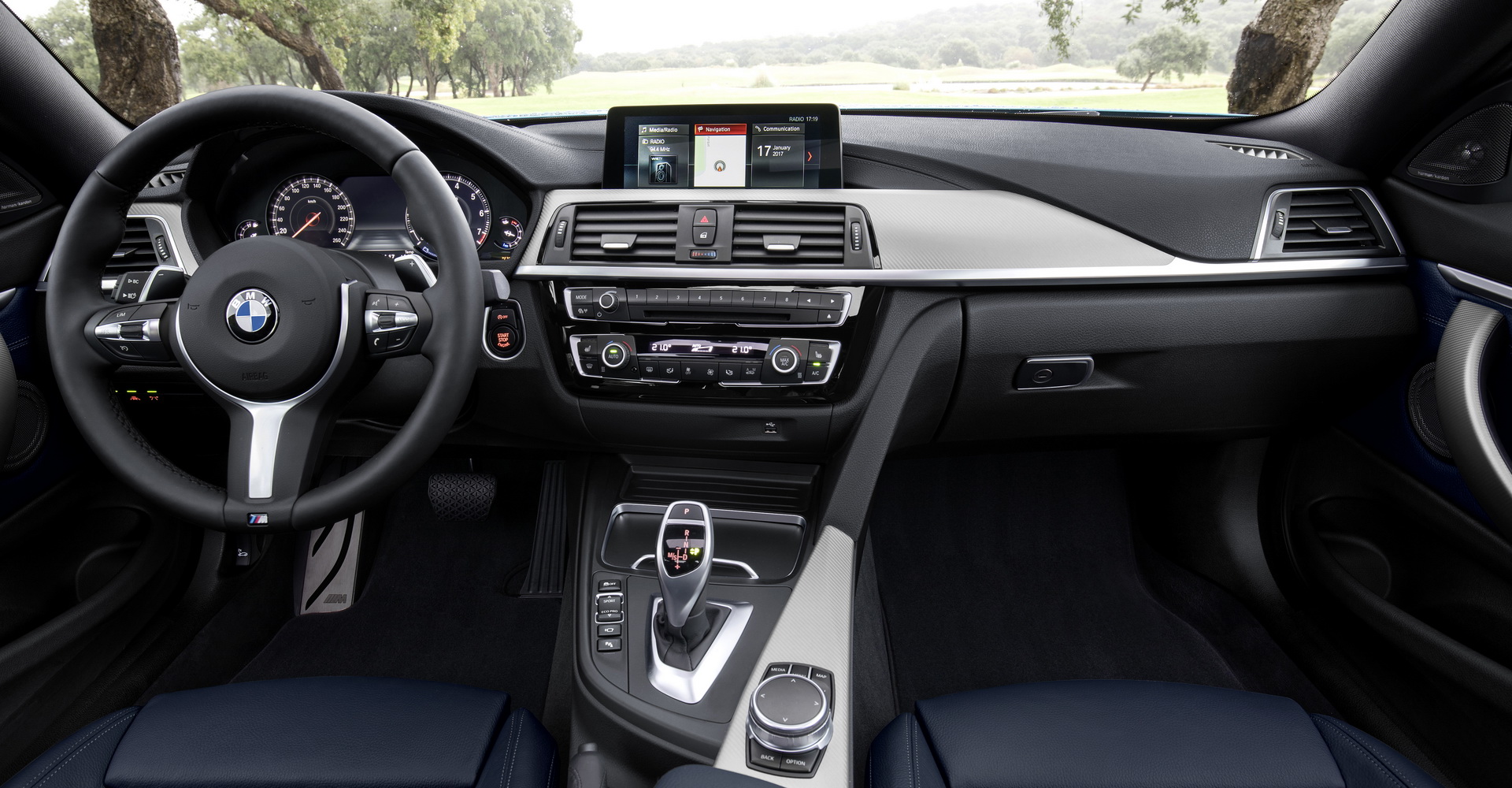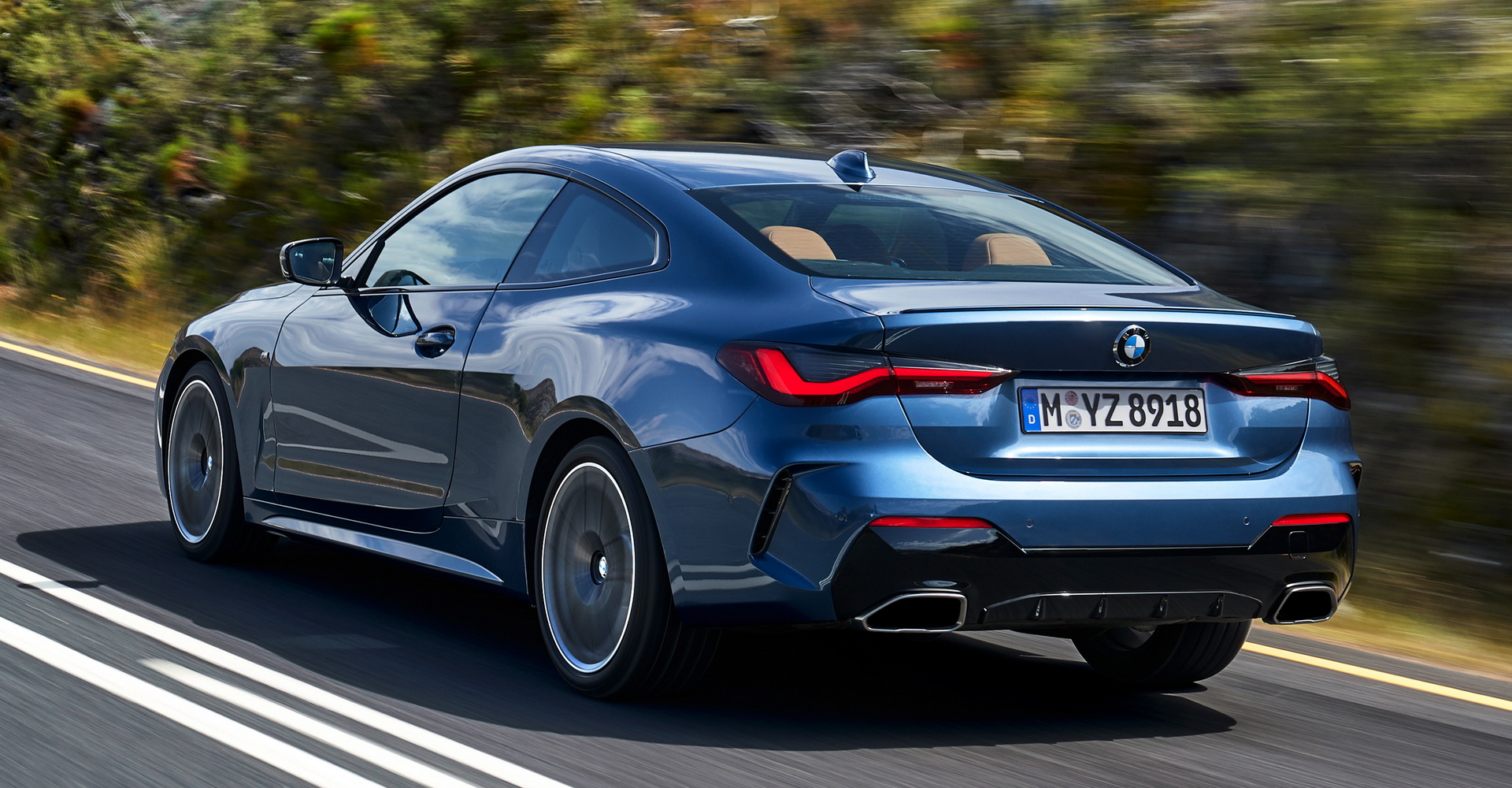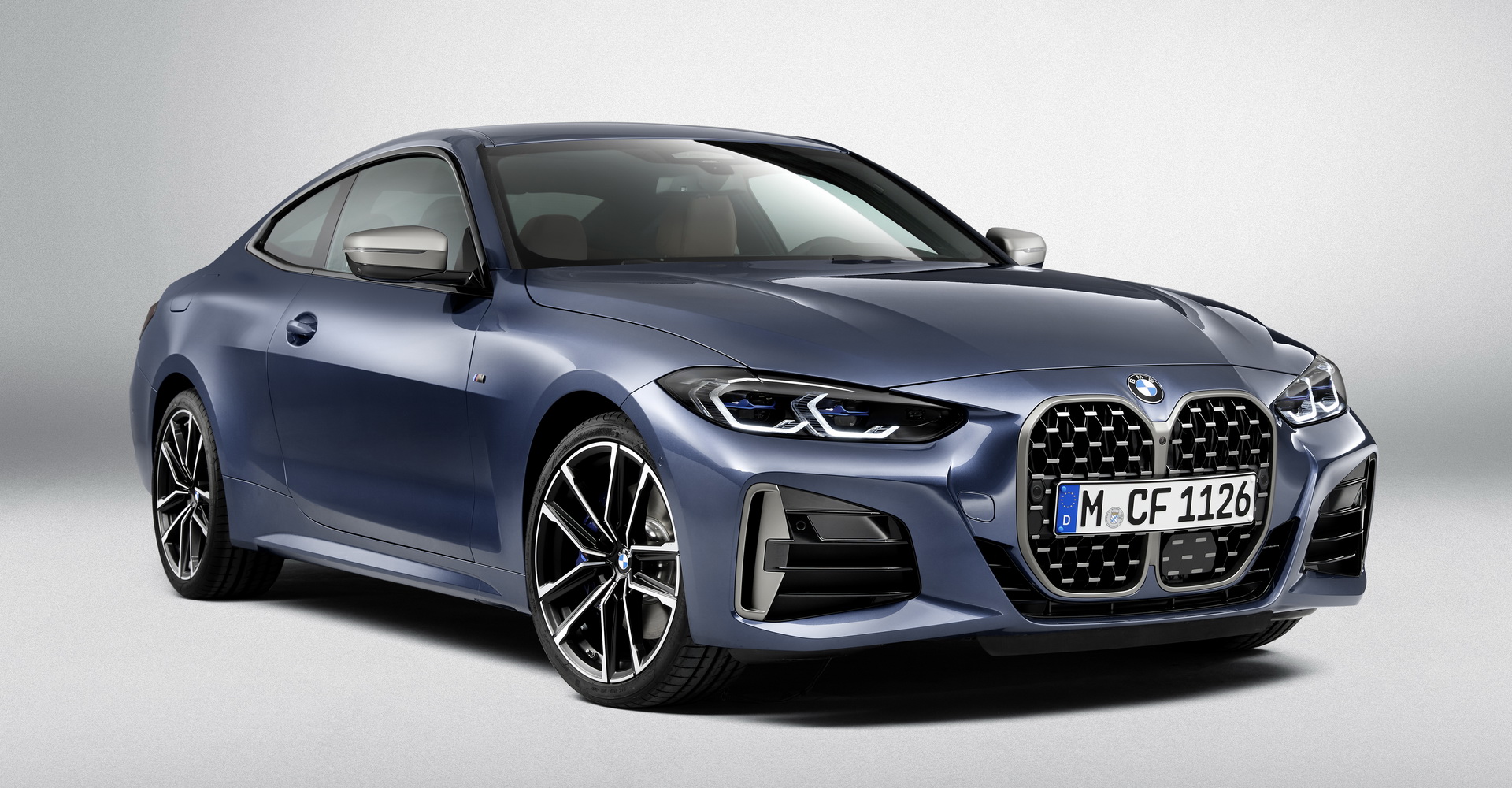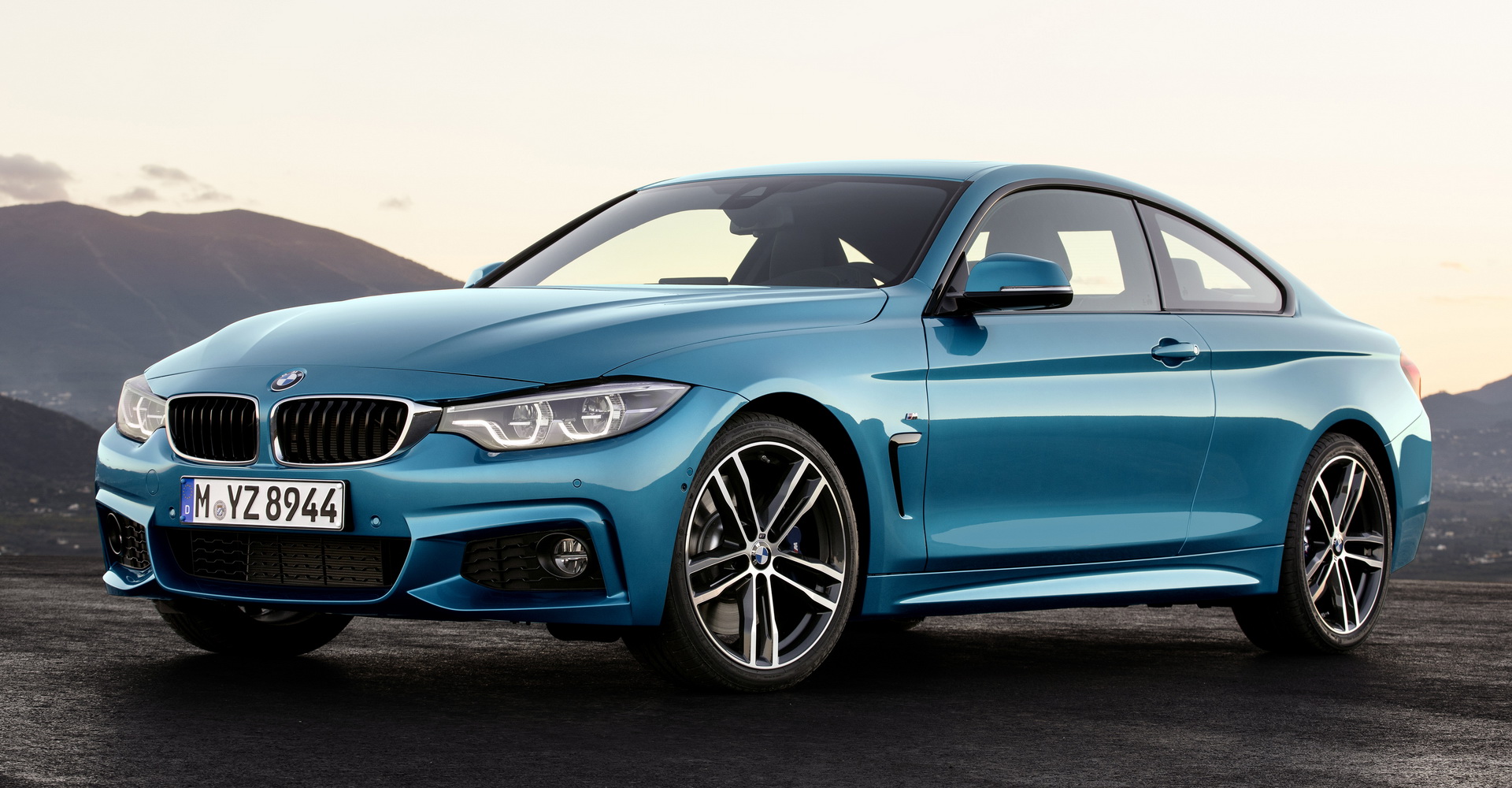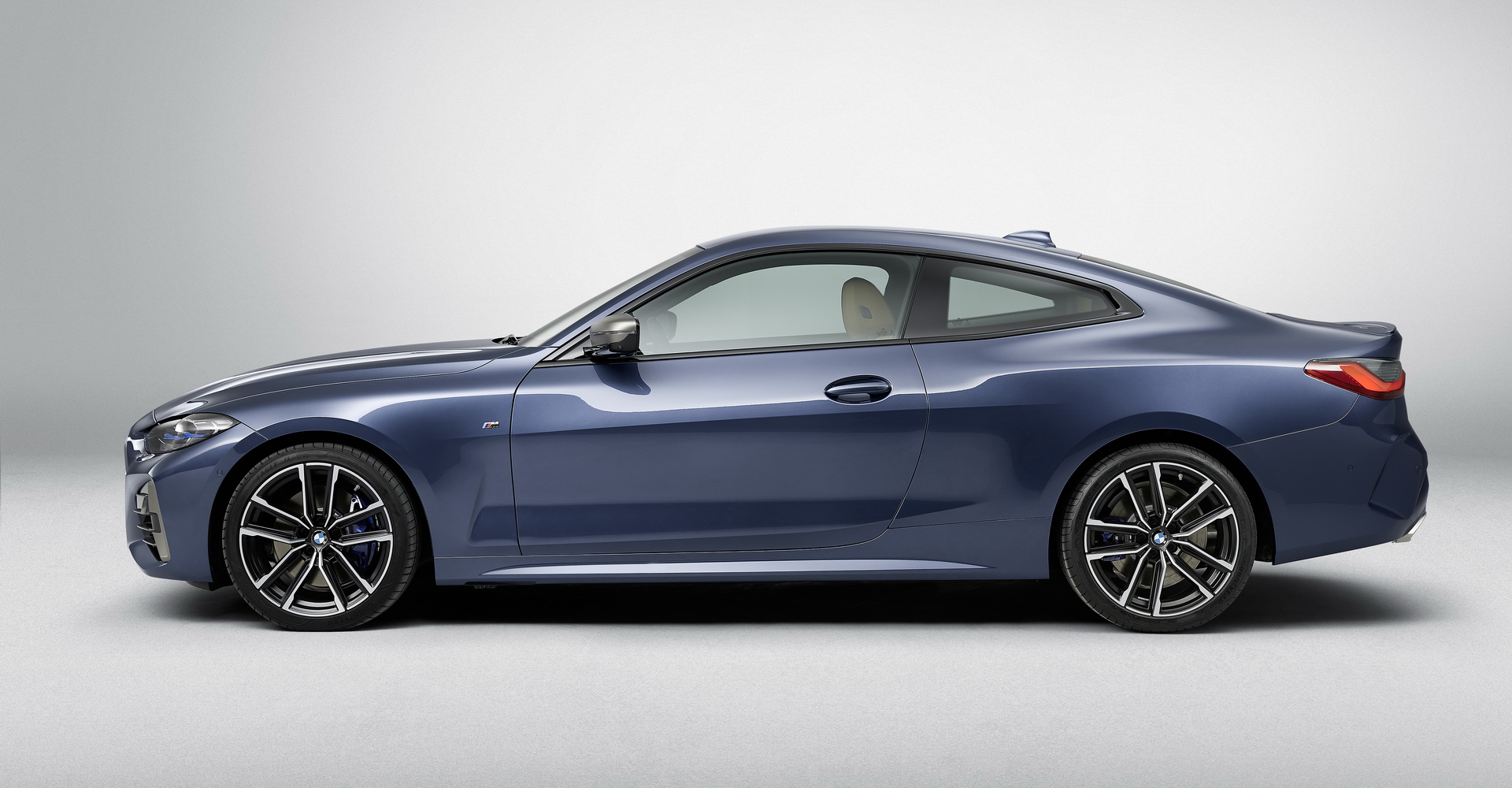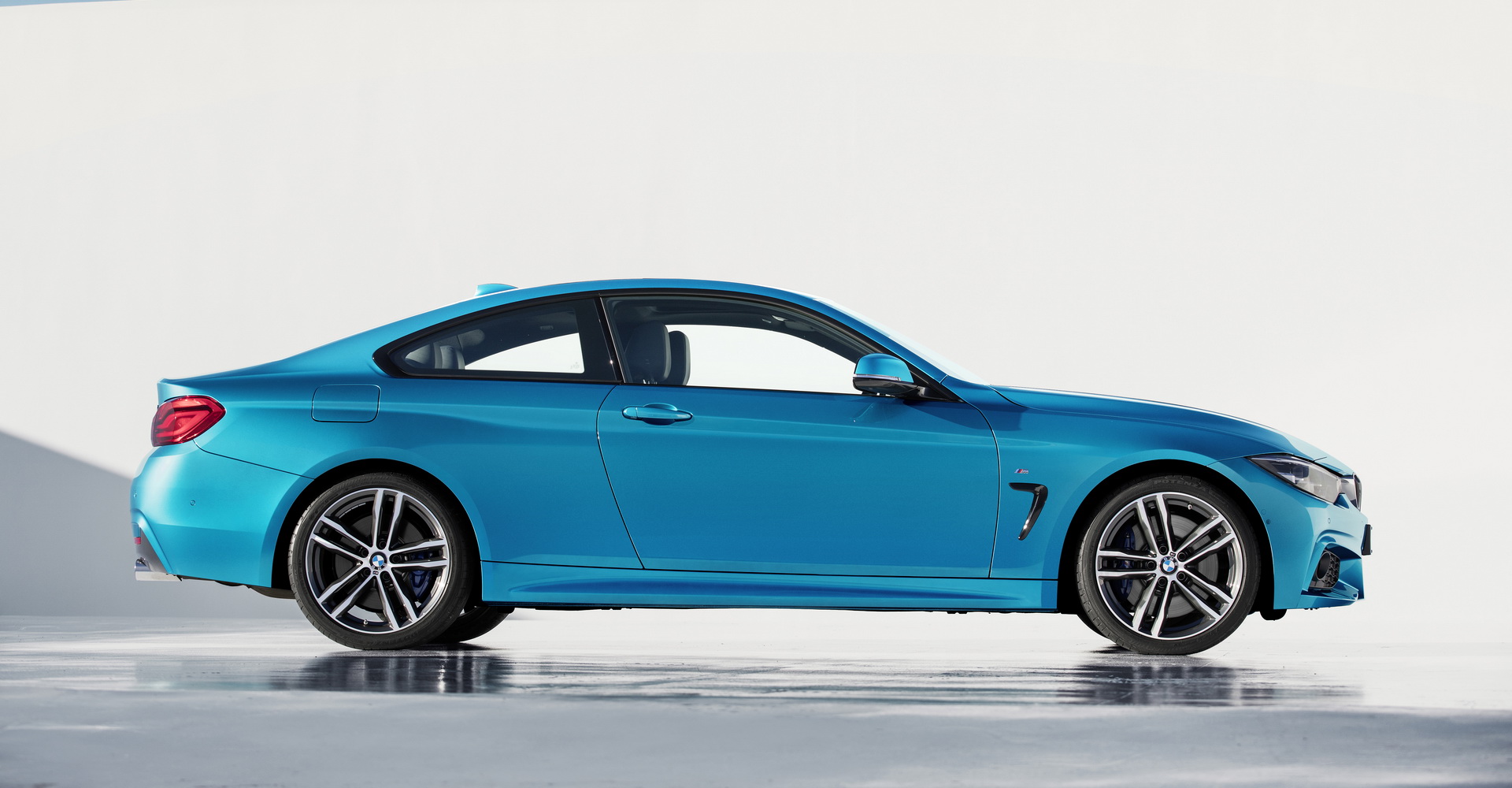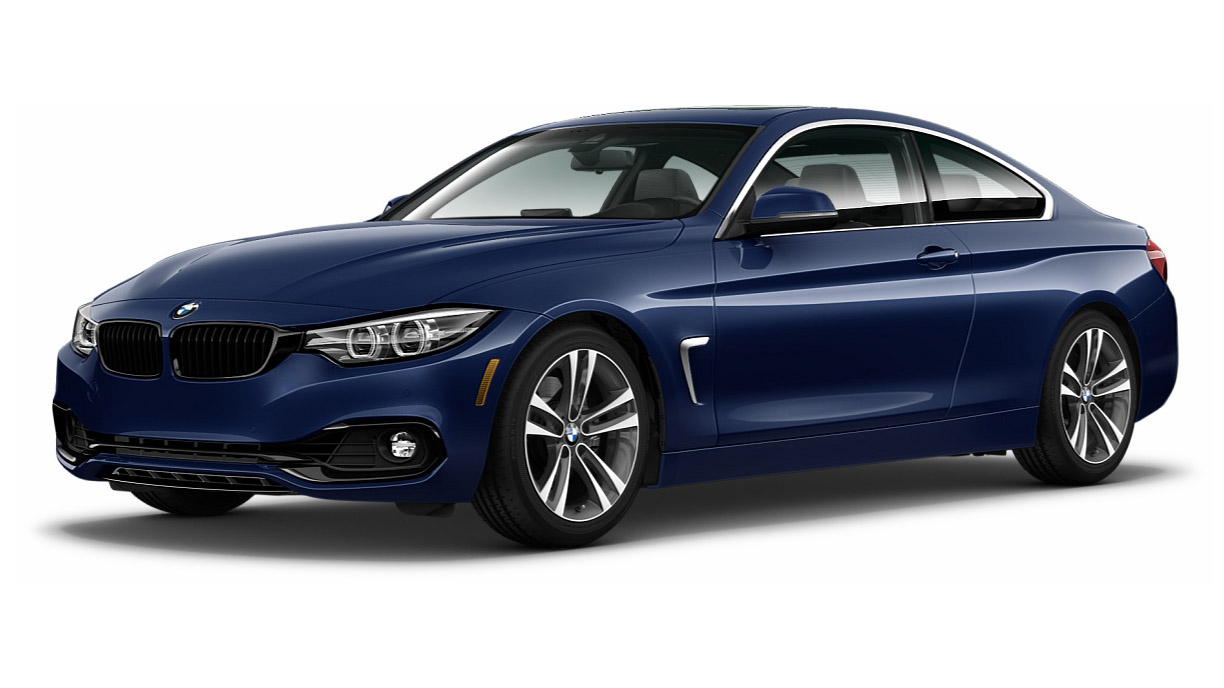BMW first introduced the F32 4-Series Coupe model back in 2013, as a direct successor to the E92 3-Series Coupe. At the time, this split was seen as a bit risky, given the popularity of the 3-Series nameplate.
Compared to the E92, the F32 was larger (bumper to bumper), wider and had a longer wheelbase, thus improving many of the issues of its predecessor, namely its somewhat cramped interior. Now, there’s a brand new 4-Series and it is splitting opinions left and right.
And how could it not split them? Sure, the name is the same and the overall design language is definitely familiar seen as how we’ve already gotten a taste of it courtesy of the latest 8-Series, but there’s this one tiny thing we just can’t help but stare at. Oh wait, it’s that ginormous radiator grille that BMW didn’t even dare put on the X7! Yeah, top to bottom, it’s taller than the one they put in their biggest car.
Read Also: New 2021 BMW 4-Series Coupe Keeps A Straight Face While Wearing M Performance Parts
How do we know? We overlaid the license plate over their grille and the X7’s could hold three standard German-sized license plates, while the new G22 4-Series could fit approximately four… #science!
So yes, by comparison, the F32 4-Series Coupe is a lot less “in your face,” or bold, as we’ve started calling the new 4-Series. The latter also happens to be bigger than the F32, measuring 187.7 inches (4,768 mm) in length, 72.9 inches (1,852 mm in width), 54.6 inches (1,378 mm) in height, with a 112.2 inch (2,851 mm) long wheelbase.
Its predecessor meanwhile stands 182.6 inches (4,638 mm) long, 71.9 inches (1,825 mm) wide, 54.2 inches (1,377 mm) tall, with a wheelbase measuring 110.6 inches (2,810 mm). Bigger in this segment usually means better if you’re the slightest bit interested in how your rear seat passengers are doing. It’s also better for long distance journeys and high speed stability, things of that nature.
Overall, you can easily tell which of these is the newer car. However, there is something to be said (as many of you have pointed out), about the proportions of the previous-gen model. It may look less modern and elegant, but you can also make a case for its design being more “tied together.”
What about inside?
As it is always the case with new-gen models, the older car loses this battle hands down. It’s impossible to argue against newer technology, larger displays, better-quality materials. The new 4 shares its dashboard design with the latest 3-Series, whereas the old 4 shared that layout with the previous-gen F30 3-Series.
Staring at the new model’s BMW Live Cockpit Plus system should be a real treat, especially since it comes standard for the range. The large head-up display however is an optional extra.
We are however fans of BMW’s old M Sport steering wheel and its dynamic yet minimalistic design. This newer one has thicker spokes and a less aggressive-looking center hub – but that’s not to say that it doesn’t go with the overall modern design of the cabin.
Which one is quicker?
As long as we’re not comparing different variants (like say the new M440i vs the old 440i), they’re actually about the same. We pulled up two 430i RWD models for you and here’s how they stack up:
2021 430i Coupe – 2.0L Turbo l-4, 8-speed auto, RWD, 255 HP, 294 lb-ft, 0-60 in 5.5 sec
2020 430i Coupe – 2.0L Turbo l-4, 8-speed auto, RWD, 248 HP, 258 lb-ft, 0-60 in 5.5 sec
That’s right, they’re exactly the same, despite the newer car having a bit more horsepower and more torque.
In the end, it all comes down to how much you like the looks of the new 4. Would you trade in your existing 4-Series Coupe in order to upgrade? Would you skip a generation? In all likelihood, BMW 4-Series customers aren’t going anywhere, and that big grille is going to grow (pun intended) on us going forward. We just don’t know how much.



